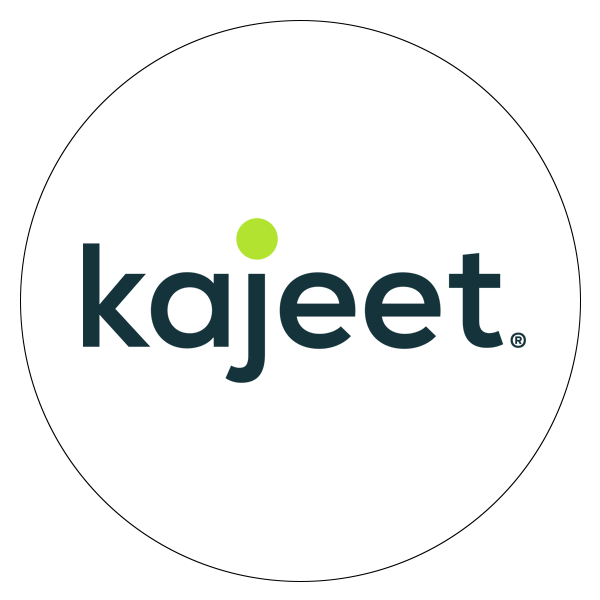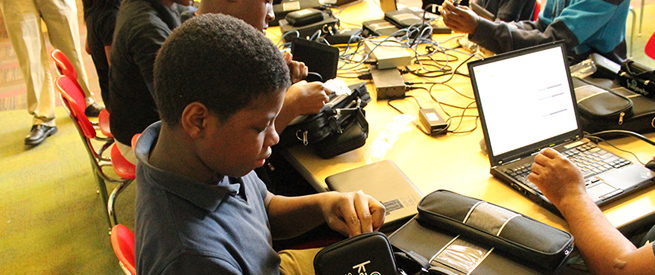Welcome to part two of three in our Title I series. The first Title I blog is called “How to Make Sense of Title I Funds” – we suggest you start there!
Students in Title I schools across the country are at a serious disadvantage in terms of digital access for learning outside the classroom (and sometimes even inside the classroom as well).
According to a report on the Homework Gap by Common Sense Media, Title 1 teachers are in a difficult spot when it comes to digital devices and broadband Internet access. For example, prior to the pandemic:
While schools across the country shifted to remote and hybrid learning in the wake of the pandemic, a recent study conducted by the GBH Educational Foundation found that this only exacerbated the digital divide. Teachers working in Title I schools, public schools, and rural areas were more likely than their peers to report that a majority of their students lack Internet access at home and/or access to the devices they need.
Both of these reports conclude by stressing the need to focus on providing robust broadband Internet access to help close the Homework Gap with students in Title I schools and other disadvantaged schools.
Some of the other strategies Common Sense Media notes to help close the digital divide include:
For a few additional ideas for innovative off-campus Internet solutions, check out Waynesboro Area School District’s creative WiFi hotspots as well as this blog about learning acceleration in a post-pandemic world.
You now have access to the federal Title I program benefits, but you may not be using them as effectively as you could. According to the Council of Chief State School Officers, in some instances, this is due to confusion at the state level.
“Many states limit the use of Title I funds in ways that are not required by federal law,” they report. “These limitations are often unintentional and caused by confusion over Title I’s complicated compliance requirements.”
The organization calls attention to three common misconceptions about using Title I funds that school administrators should keep in mind when deciding how to best to use their funding.
The Department of Education offers a helpful and exhaustive guide on the inner workings of Title I funding and some of the ways it can best be used by both state educational agencies (SEAs) and local educational agencies (LEAs).
When it comes to considering how to use Title I funds at the state and local level, the Department of Education’s guidelines suggest district administrators and stakeholders consider five key criteria about their specific program or initiative.
The guide’s authors also note:
The strategies for reform noted in this guidance should not be seen as exhaustive or as a list of “silver bullets” that schools should necessarily implement. Rather, these strategies should be considered, taking into account local needs reflected in student achievement data.
Ultimately, if educators and community leaders focus on a small number of related and reinforcing strategies and use the substantial one-time Title I, Part A ARRA resources consistent with their overall plan for increasing student achievement, student outcomes are more likely to improve than with a scattershot approach.
One powerful way to use your Title I funds in a way that checks off all the Department of Education’s boxes listed above: provide your students with mobile, safe, secure broadband Internet. If the Homework Gap is one of the key obstacles preventing students in Title I schools from keeping pace with their peers in more affluent school districts, then broadband Internet has the incredible potential to launch your students over that intimidating hurdle.
From mobile hotspots that connect students to the Internet outside the classroom to campus-wide Internet coverage to 1:1 programs that give K-12 students their own personal LTE-embedded device, Kajeet offers a range of ways for you to use your Title I funds.
Don’t wait to tap into this excellent funding source. Speak with a Kajeet representative today to learn what our Title I-eligible Education Broadband™ solutions could do for your school or district.


